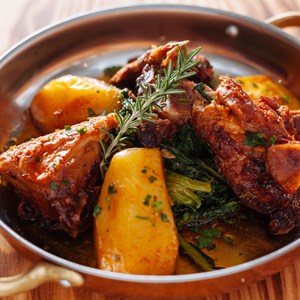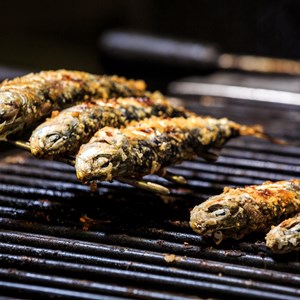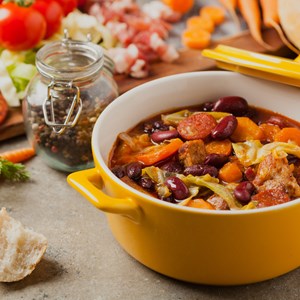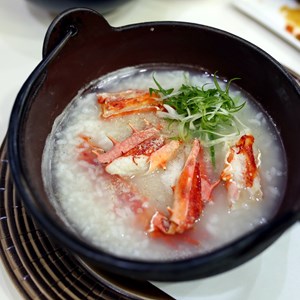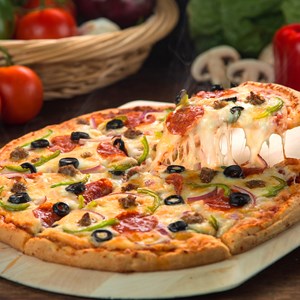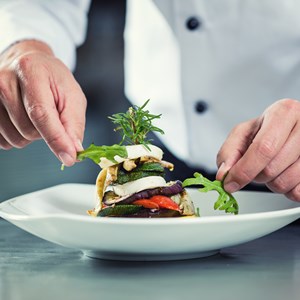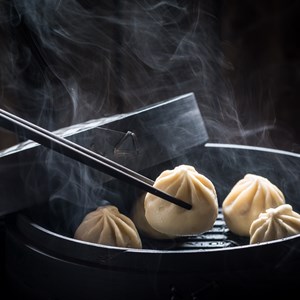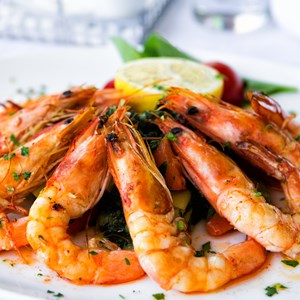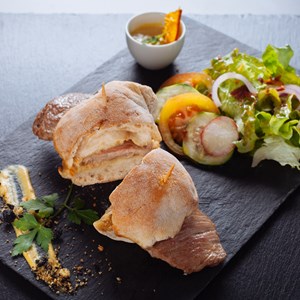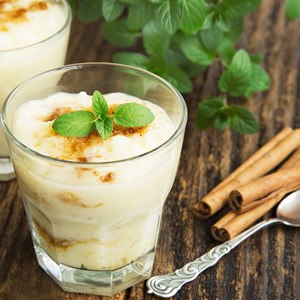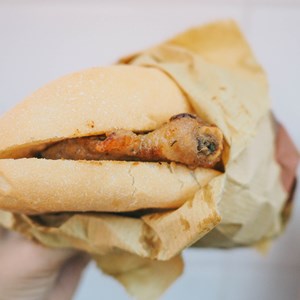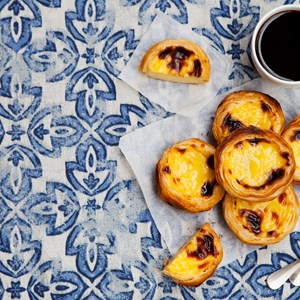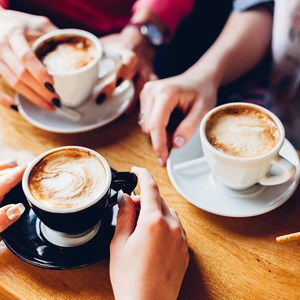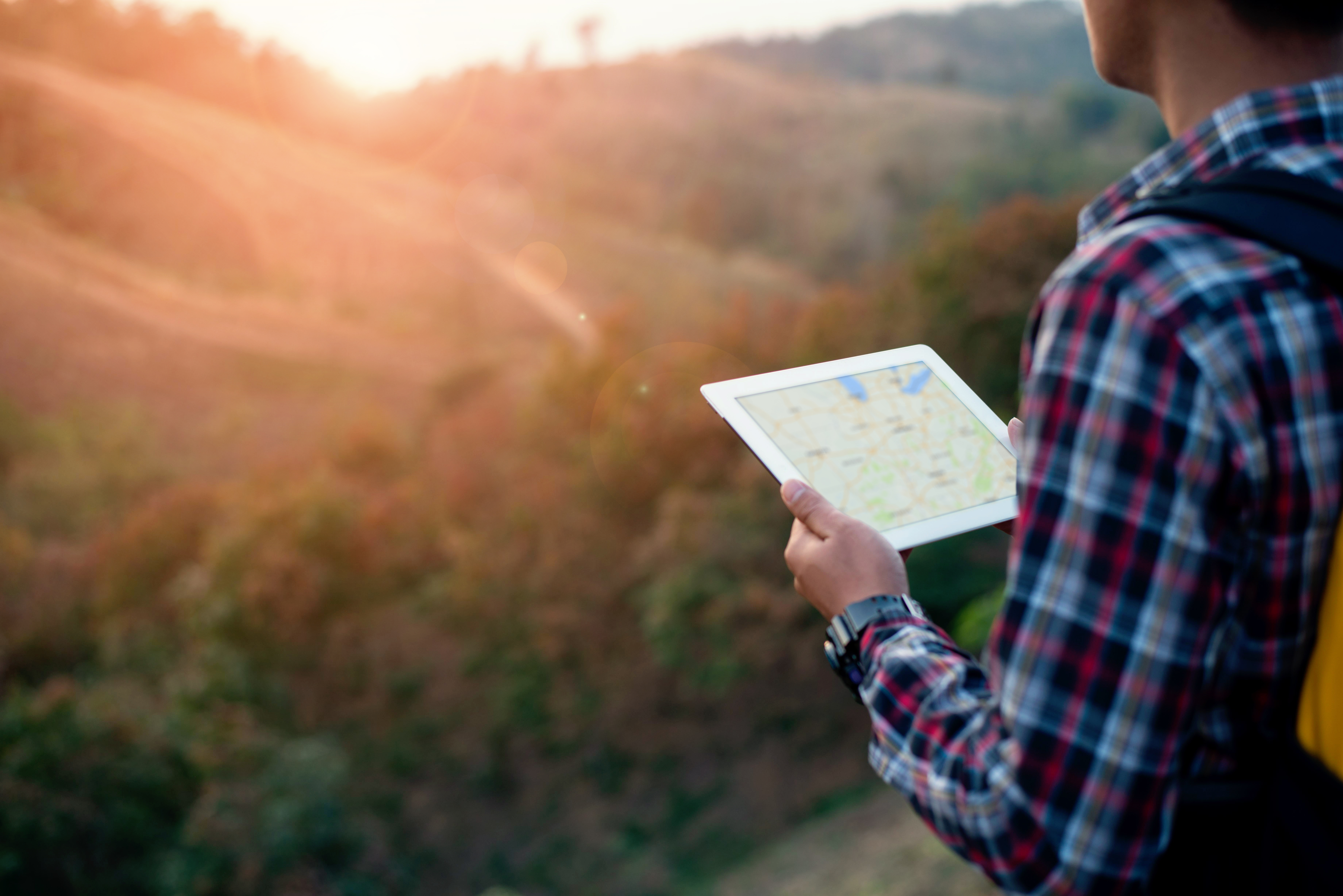

Macau has a plethora of sites despite occupying just 30.8 square kilometres of the Chinese mainland. From neon-lit casinos to charming markets, cobbled streets to modern cafés, and Baroque churches to Art Deco architecture, there's a wonderful mix of East and West in the city. Many buildings and squares reflect Macau's colonial Portuguese legacy, as does the food, laid-back lifestyle, and the blue azulejo-tiled street names. Yet Macau has a modern Asian look, rivalling Singapore and Hong Kong.
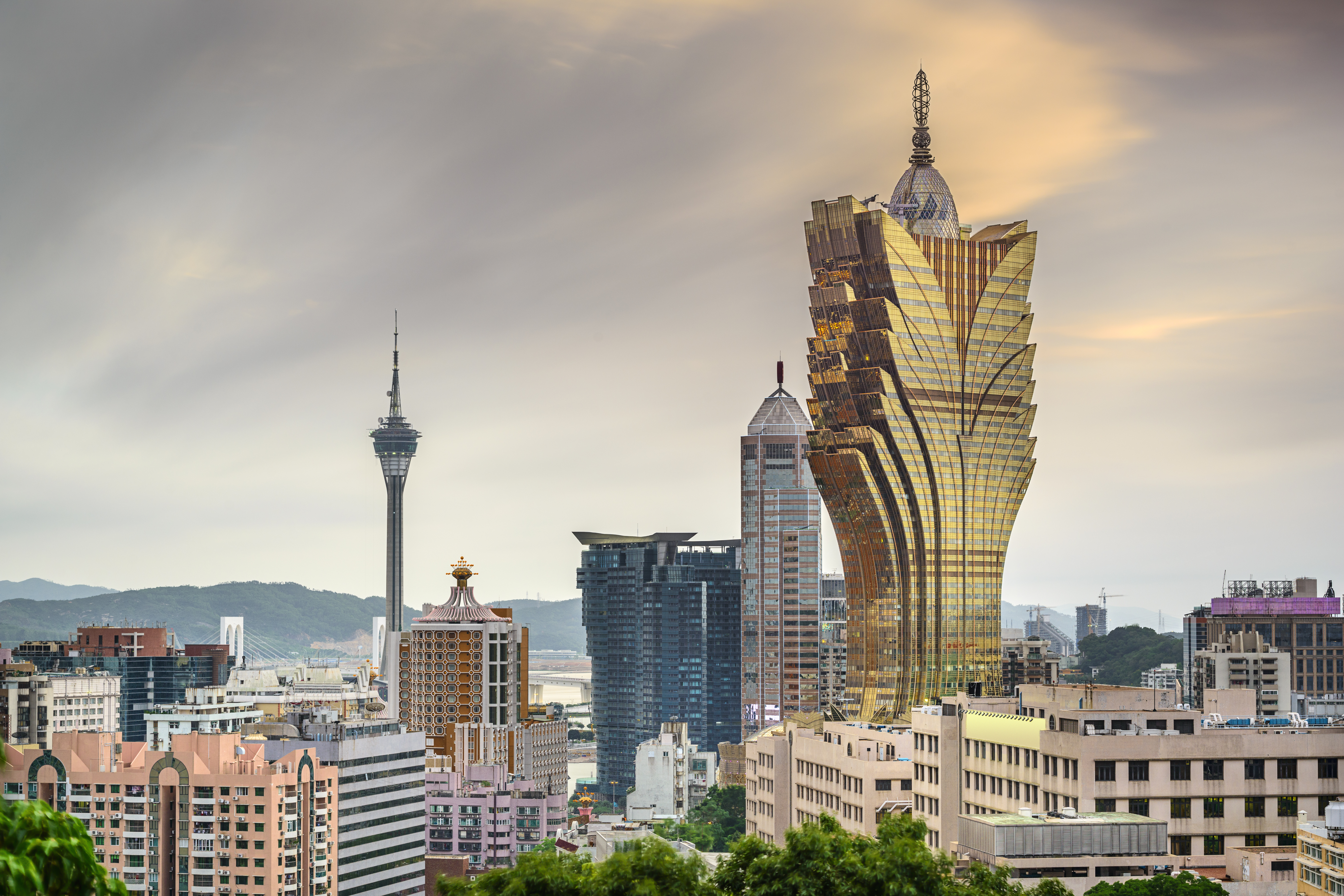 Sean Pavone/Shutterstock.com
Sean Pavone/Shutterstock.com
The City
It was the Portuguese who settled in Macau in 1557, persuading the Chinese to rent them the peninsula and establishing trade links in the region that made them very wealthy. It was this period of prosperity that created the colonial Macau we see today, with its Basilica of St Paul, the Mediterranean courtyards, luxurious villas, the hilltop lighthouse and UNESCO World Heritage old city.
Moreover, Macau is now seen as Las Vegas of the East, housing over 50 casinos and many ritzy hotels. There are also other sights such as Buddhist temples, war bunkers, the excellent Museu de Macau, the Macau Tower and the Fisherman’s Wharf theme park.
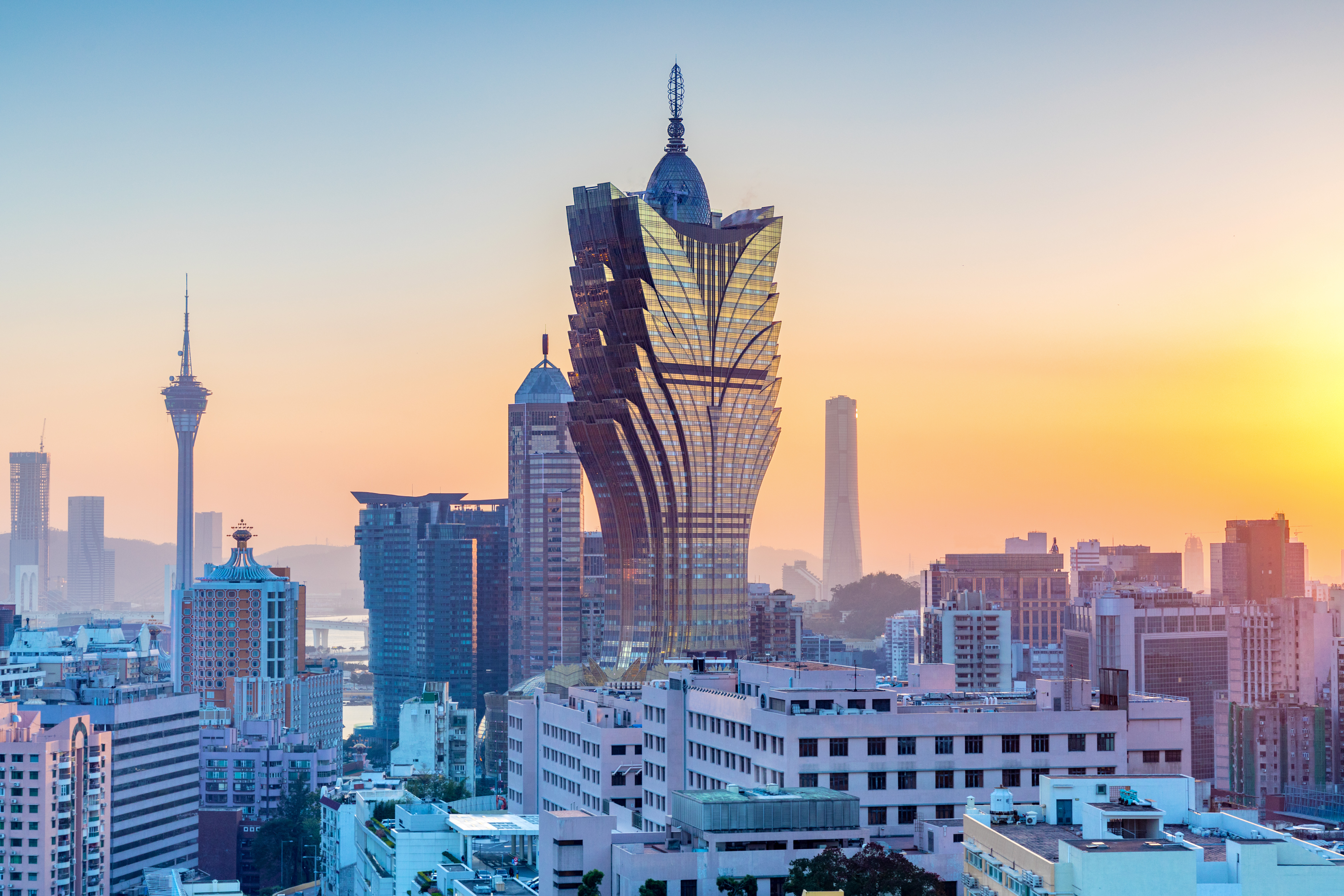 Sean Hsu/Shutterstock.com
Sean Hsu/Shutterstock.com
Do & See
Macau is based on a peninsula with a couple of islands including Taipa and Colôane. Most of the sights including St Dominic's Church and Basilica of St Paul are packed around a few blocks in the old core around Largo do Senado, a good starting point of your tour.
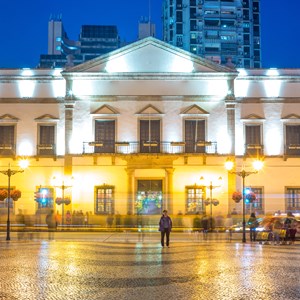 Richie Chan/Shutterstock.com
Richie Chan/Shutterstock.com
Leal Senado
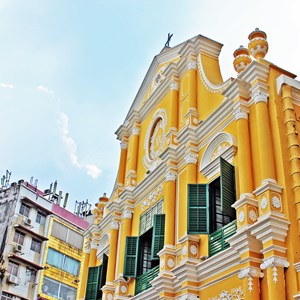 Weerawayfarer/Shutterstock.com
Weerawayfarer/Shutterstock.com
St Dominic's Church
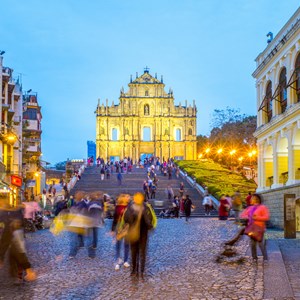 Richie Chan/Shutterstock.com
Richie Chan/Shutterstock.com
Walls of St Paul Church
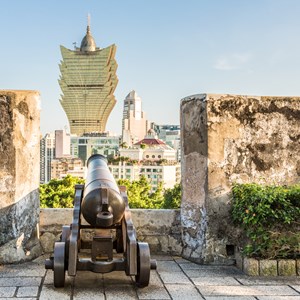 AsiaTravel/Shutterstock.com
AsiaTravel/Shutterstock.com
Monte Fort
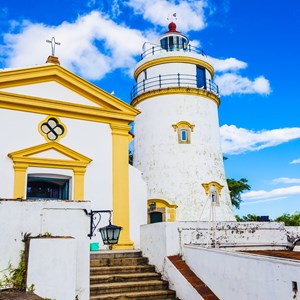 coloursinmylife/Shutterstock.com
coloursinmylife/Shutterstock.com
Guia Fortress & Lighthouse
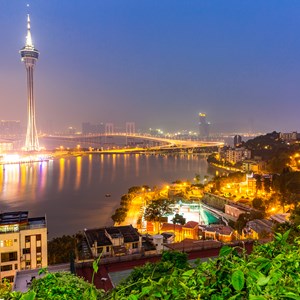 vichie81/Shutterstock.com
vichie81/Shutterstock.com
Macau Tower
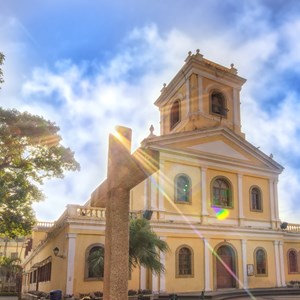 smshoot/Shutterstock.com
smshoot/Shutterstock.com
Taipa Island
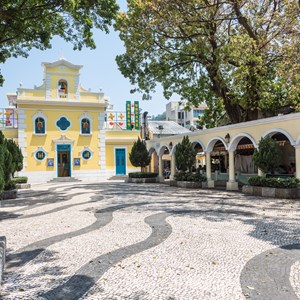 AsiaTravel/Shutterstock.com
AsiaTravel/Shutterstock.com
Coloane Village
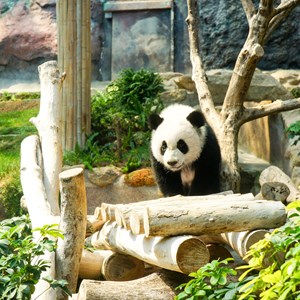 eXoxideZ/Shutterstock.com
eXoxideZ/Shutterstock.com
Macau Giant Panda Pavilion
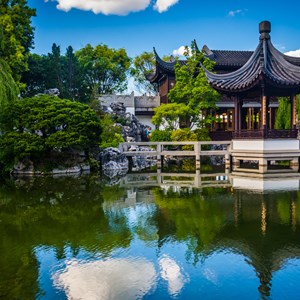 Jon Bilous/Shutterstock.com
Jon Bilous/Shutterstock.com
Lou Lim Lok Garden
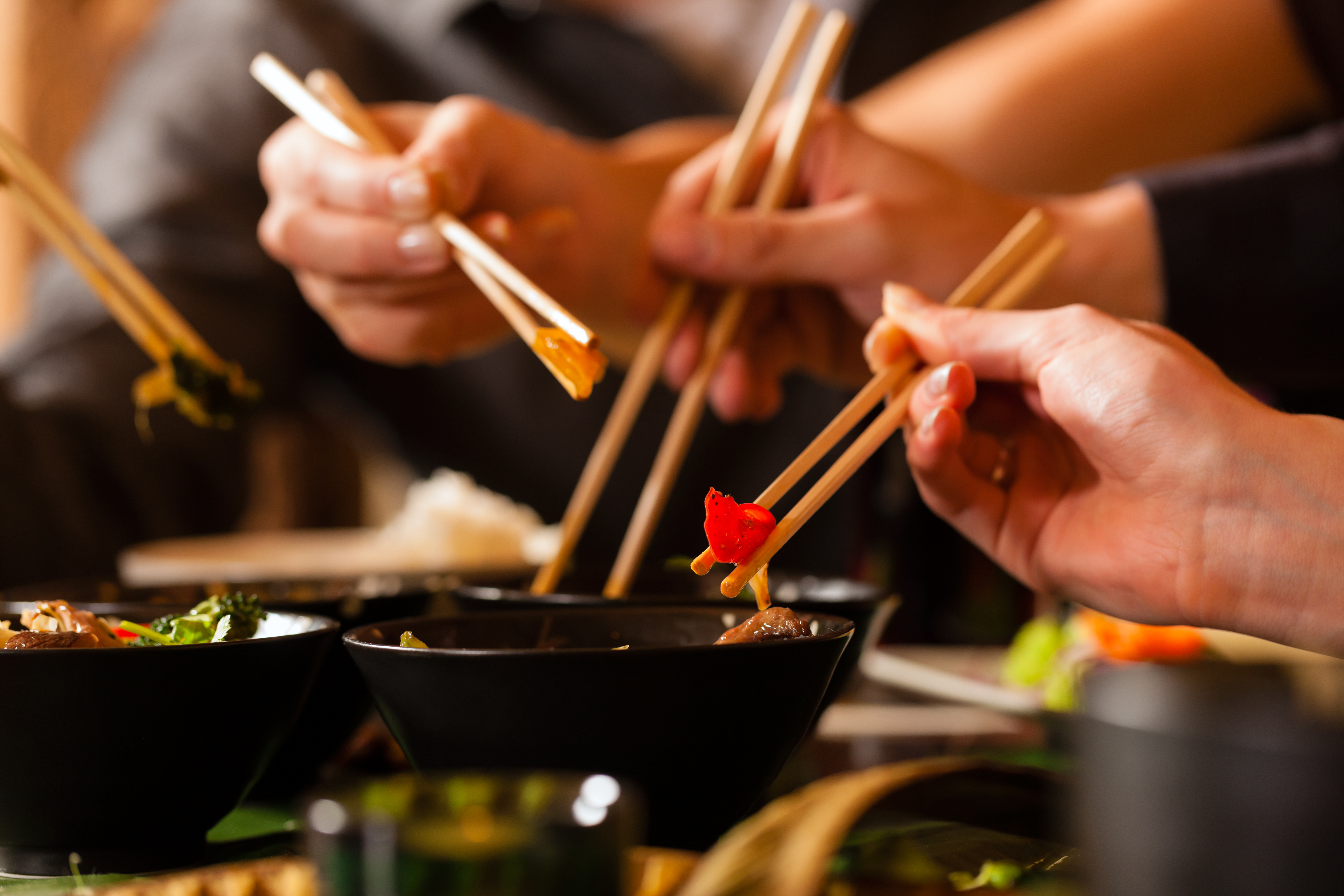 Kzenon/Shutterstock.com
Kzenon/Shutterstock.com
Dining
Macau's restaurants offer a spicy blend of Portuguese, Chinese, Malay, Indian, and African cuisines. Alongside delicious dim sum and pork chop buns, you can enjoy excellent Portuguese coffee, known as 'bica', as well as wine, Goanese chicken, and fresh Chinese vegetables.
Traditional Portuguese dishes to look out for include 'bacalhau,' caldo verde, and sopa à alentejana. Additionally, famed Chinese-Portuguese fusion dishes such as stir-fried curry crab and jagra de ovos are must-tries.
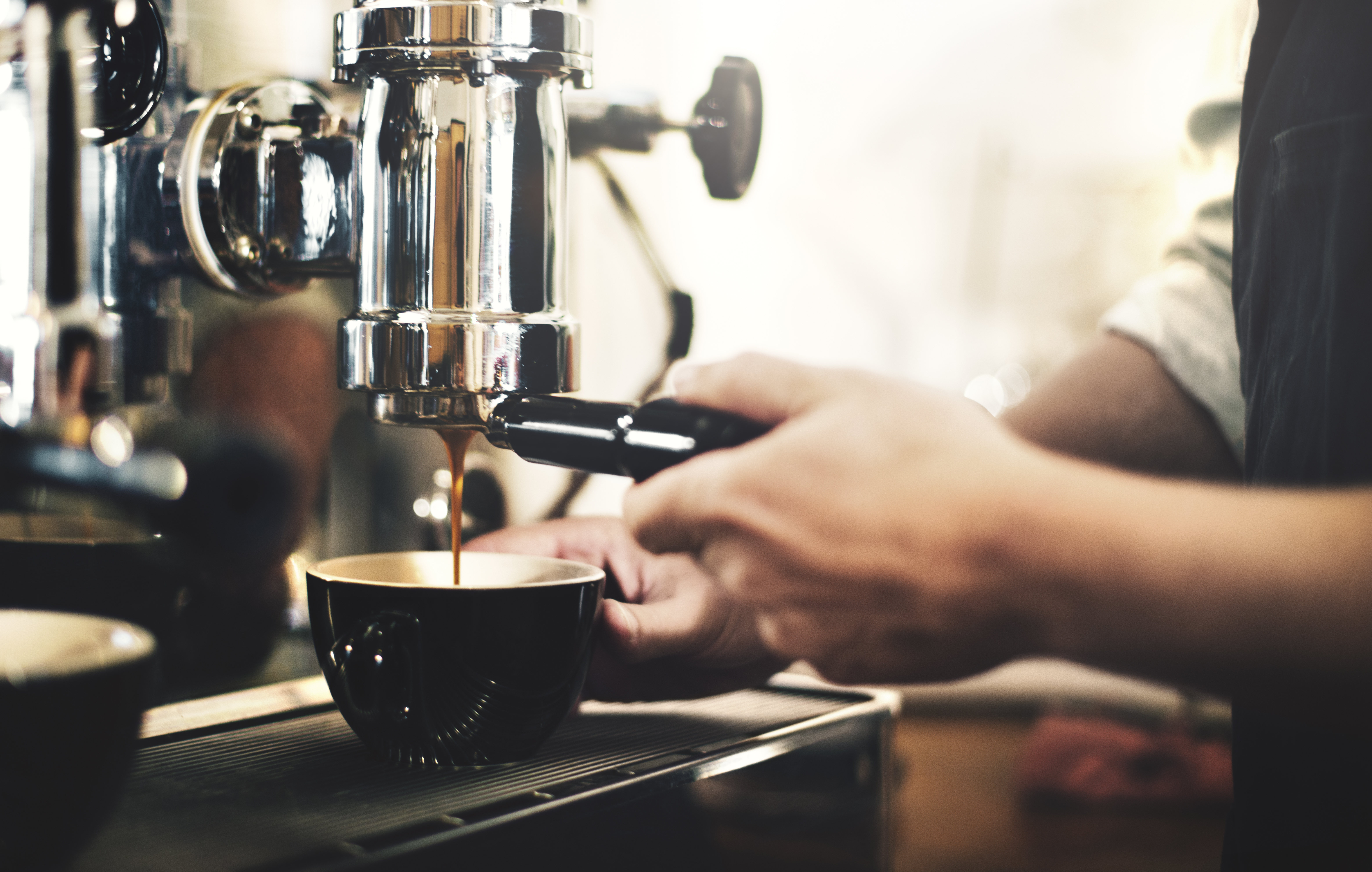 Rawpixel.com/Shutterstock.com
Rawpixel.com/Shutterstock.com
Cafes
Given its Portuguese heritage, Macau has no shortage of excellent coffee. Simply head to Portuguese establishments for the best blend of bica and pastries. Chinese establishments, on the other hand, are known for producing juicy pork buns, milky teas, and puddings.
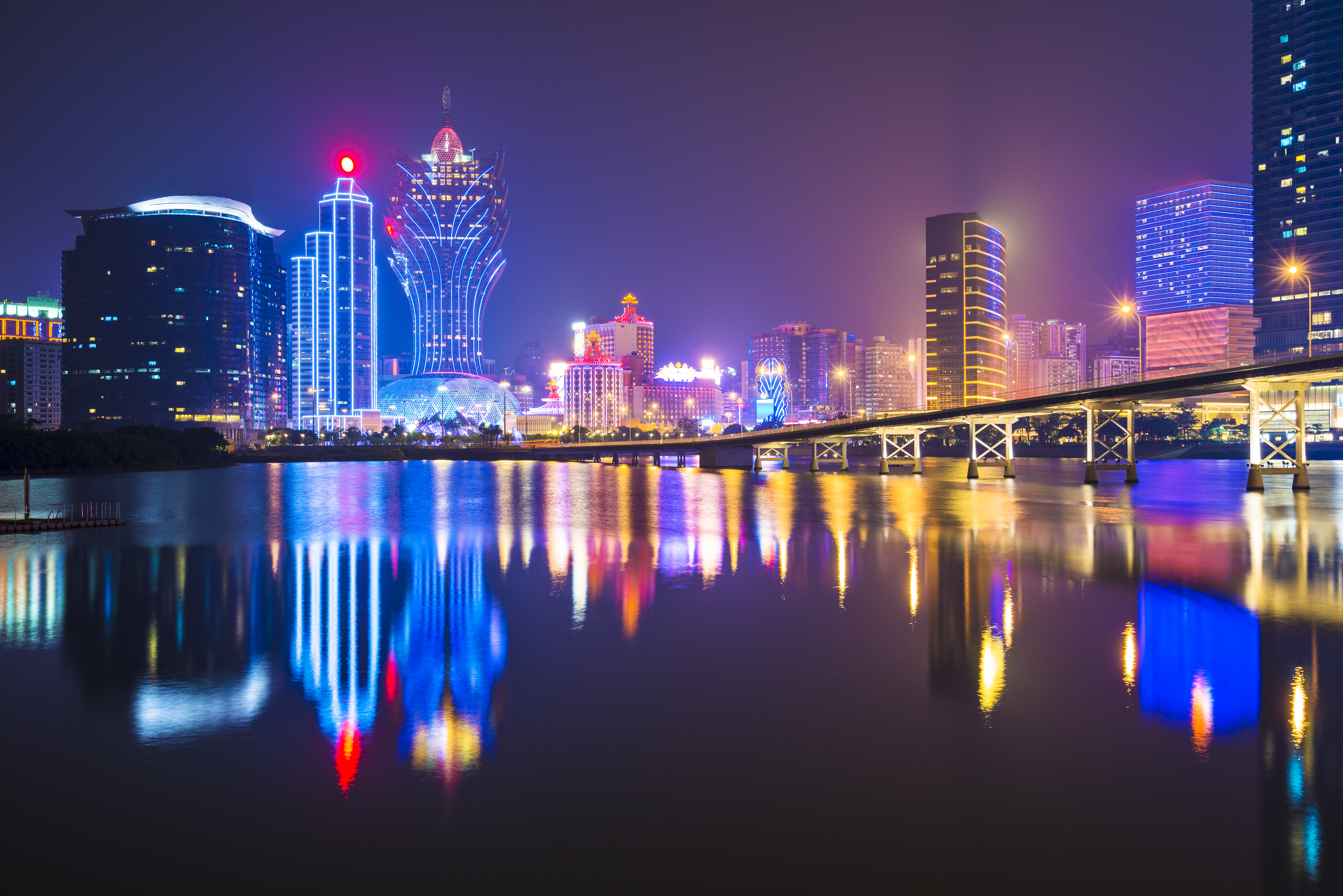 Sean Pavone/Shutterstock.com
Sean Pavone/Shutterstock.com
Bars & Nightlife
Nightlife in Macau is not all about its gambling establishments. There are wonderful spots along the Dock’s Outer Harbor sidewalk on Avenida Dr. Sun Yat-sen. Most bars and clubs there follow the Mediterranean tradition, getting lively after 1am.
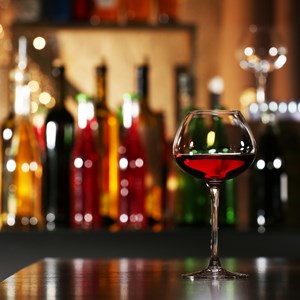 Africa Studio/Shutterstock.com
Africa Studio/Shutterstock.com
MacauSoul Wine Lounge
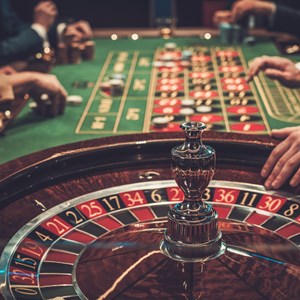 Nejron Photo/Shutterstock.com
Nejron Photo/Shutterstock.com
Casinos
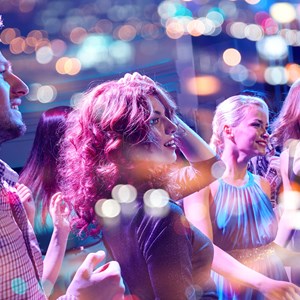 Syda Productions/Shutterstock.com
Syda Productions/Shutterstock.com
Che Che & Xina
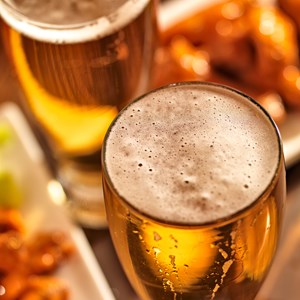 Joshua Resnick/Shutterstock.com
Joshua Resnick/Shutterstock.com
McSorley's Ale House
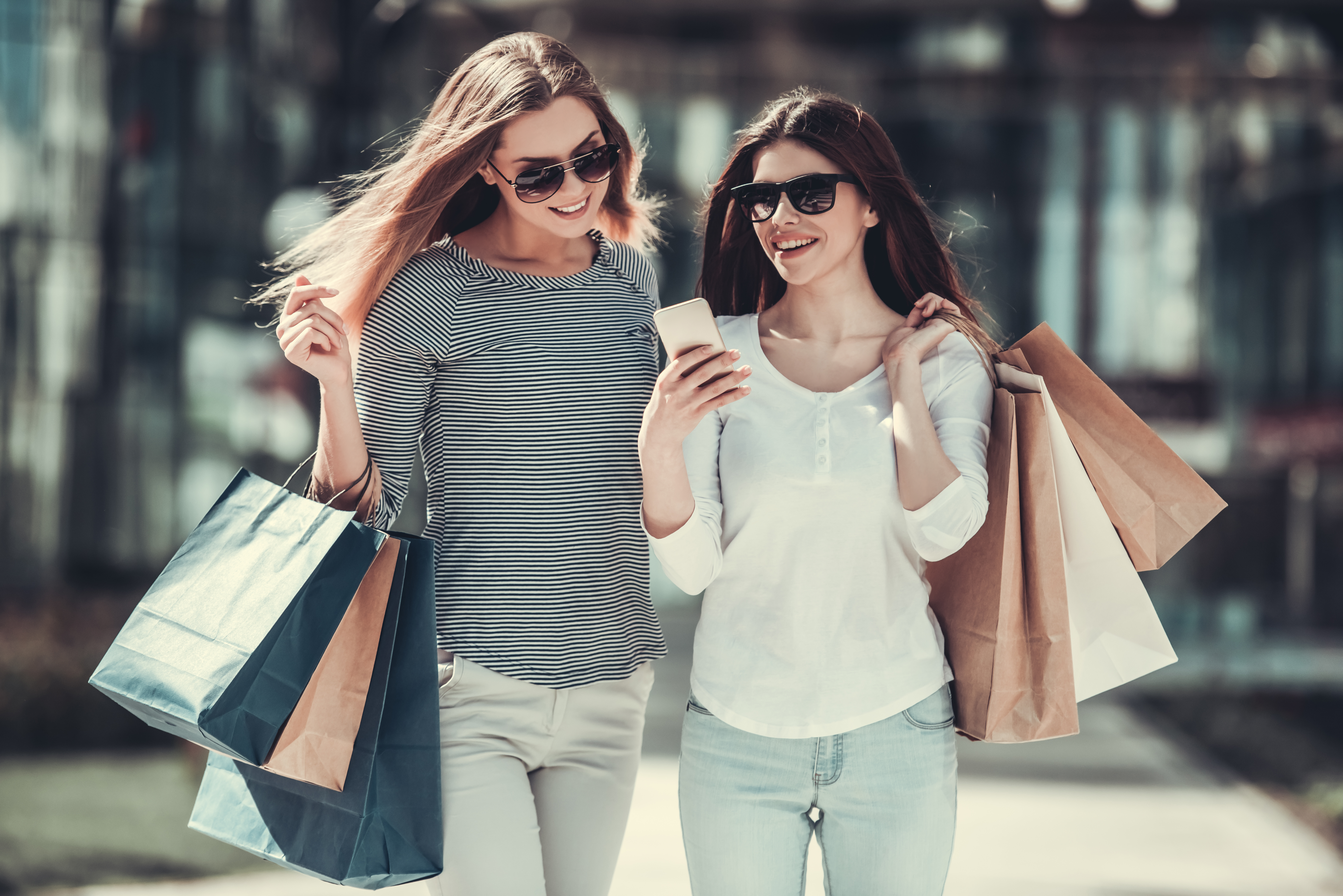 VGstockstudio/Shutterstock.com
VGstockstudio/Shutterstock.com
Shopping
Due to its tax free status, shopping is a delight in Macau with prices considerably lower than the USA, Europe and other Asian centres. Given recent developments, you can find luxurious shopping centres as well as plenty of exotic Asian markets and traditional shops selling Chinese medicines and Portuguese antiques. Other things to shop for including electronics, jewellery, fabric, porcelain and wine. Prices vary according to quality so be wary of imitations. Avenida Almeira Ribeiro is the main shopping centre and has many designer boutiques.
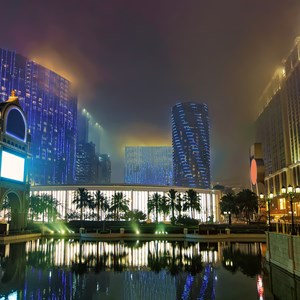 Roman Babakin/Shutterstock.com
Roman Babakin/Shutterstock.com
City of Dreams
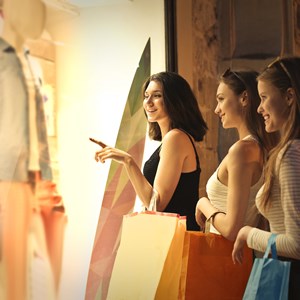 Ollyy/Shutterstock.com
Ollyy/Shutterstock.com
The Grand Canal Shoppes
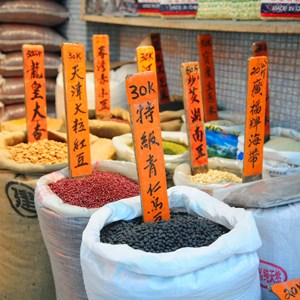 Regien Paassen/Shutterstock.com
Regien Paassen/Shutterstock.com
Red Market
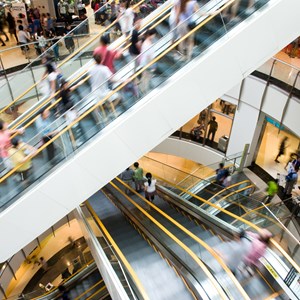 hxdbzxy/shutterstock.com
hxdbzxy/shutterstock.com
New Yaohan Department Store
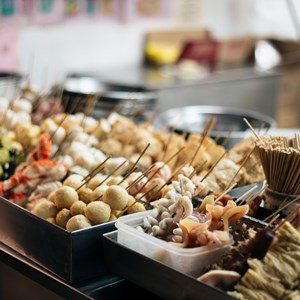 Sanga Park/Shutterstock.com
Sanga Park/Shutterstock.com
Three Lamps District
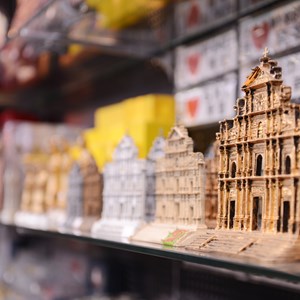 YUROU GUAN/Shutterstock.com
YUROU GUAN/Shutterstock.com
Cunha Bazaar
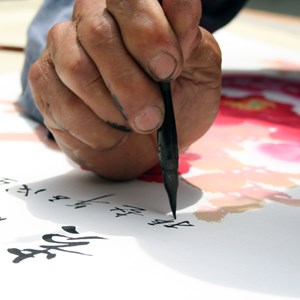 Stefano Tronci/Shutterstock.com
Stefano Tronci/Shutterstock.com
Macau Creations
Tourist Information
Passport & Visas
All visitors must hold a passport or a valid travel document for Macau that is valid for at least 6 months after the end of their intended trip. Travellers from the U.S.A, Canada, Australia, New Zealand, the UK and all countries of the Shengen zone can enter Macau visa-free for 30 to 90 days. If you are not sure whether or not you need to apply for a visa, it's advisable to contact the embassy or consulate in your country.
Address:
Email:
Phone:
Website:
More Information:
Best Time to Visit
The best time to visit Macau is during autumn and winter, from mid October to December. The average yearly temperatures are around 20ºC and there are almost 100 days when the temperature gets higher than 30ºC. If you travel to Macau from December to February, make sure you pack some winter clothes.
Address:
Email:
Phone:
Website:
More Information:
Macau International Airport (MFM)
Macau International Airport is located at the eastern end of Taipa Island, about 8 kilometres from Macau’s city centre. The most convenient way to travel to your hotel is to take one of the free shuttle buses. Head towards the airport's north exit, then proceed to the parking lot where you'll find several shuttle buses available. Buses run every 15-20 minutes from 11am to 9pm. Taxis are also available as well as car rental companies.
Address: Aeroporto Internacional de Macau, Taipa, Macau
Email:
Phone: +853 2886 1111
Website: www.macau-airport.com/en
More Information:
Public Transport
Getting around Macau is easy. Bus services run from 6:45am until midnight to destinations all over the city. You pay your fare into the box at the front, there’s no change given. Mokes are also a fun way of getting around. These bright, open-sided vehicles are part of Macau history and worth a ride. Many gather outside the casinos and main hotels.
Ferry services link Macau to Hong Kong and Shenzhen. You can also get a sampan, a small wooden boat, across the harbour to Wānzái on the mainland.
Address:
Email: transmac@transmac.com.mo
Phone:
Website: www.transmac.com.mo/en
More Information:
Taxi
Taxis can be found at the airport or on main streets. There are surcharges between Taipa and Coloane, and Macau and Coloane.
Address:
Email:
Phone:
Website:
More Information:
Post
The General Post Office is located at Avenida de Almeida Ribeiro.
Address: Edifício Sede da DSC, Macau
Email:
Phone: +853 2857 4491
Website: www.ctt.gov.mo
More Information:
Pharmacy
There are many pharmacies all over Macau. Farmacia San Weng Lei, near the casino Grand Lisboa, is open 24h.
Address: Avenida 24 de Junho 186, Edificio Kam Yuen 2 Andar, Macau
Email:
Phone: +853 2828 8282
Website:
More Information:
Telephone
Macau's country code is +853.
Address:
Email:
Phone:
Website:
More Information:
Electricity
In Macau, you'll find power plugs and sockets of type D (three round pins in a triangular pattern), type M (larger version of type D), type G (three rectangular pins in a triangular pattern, typical for the UK), and type F (two round pins with two earth clips on the side, typical for continental Europe). The standard voltage is 220 V at a frequency of 50 Hz.
Address:
Email:
Phone:
Website:
More Information:






